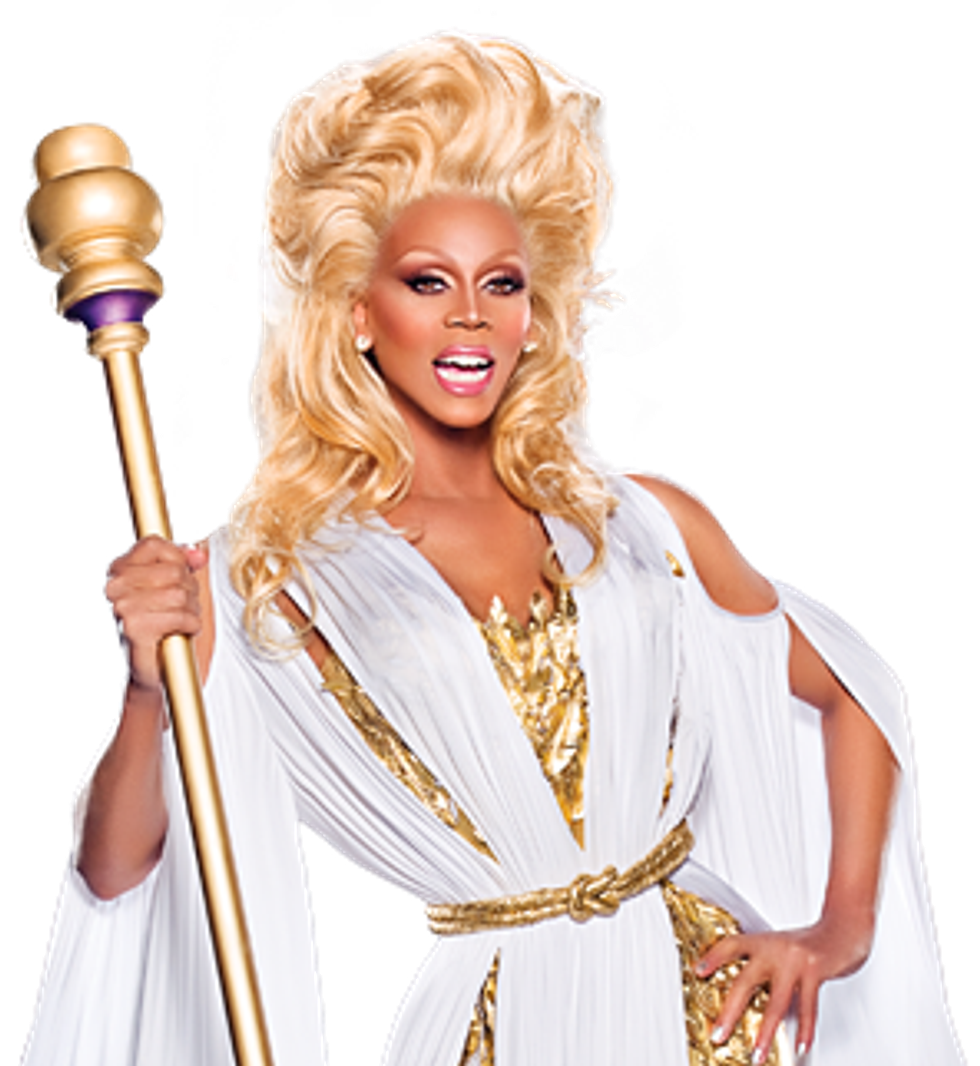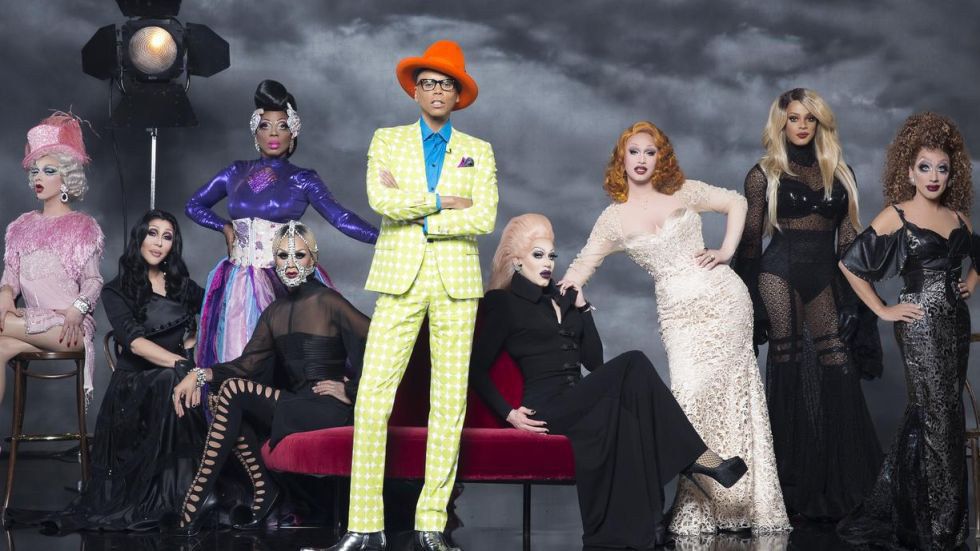In the early 90's, Rupaul had first become a household name by releasing his most famous single, Covergirl, thus becoming, probably, one of the most famous drag queens in history. Since then, drag queens have started to gain a spotlight in the media and seem to be grasping a wider audience every year. Rupaul now hosts his own show, Rupaul's Drag Race, in which some of the best drag queens he can find compete for the crown. They have to go through many challenges that put their acting, comedic and fashion skills to the test. Although Rupaul may have granted many drag queens a bigger spotlight in the media, the art form of drag has been around long before then.
For those who don't know, drag queens are people, typically male, who impersonate females as a form of art or entertainment. Certain female characteristics, though, are exaggerated. An example would be the gluing down and redrawing of eyebrows so that they are more exaggerated. The exaggeration is for dramatic, comic or satirical effect. Most people who do drag say that it is a form of self-expression or a creative outlet. There are different types of drag queens as well. Most lip-sync while dancing as a way to entertain their audience. Other drag queens may sing live and some are comedians. They are known to start their careers in gay night clubs and gain their audience through that. To be clear, the words "transgender" and "Drag Queen" do not have the same meaning. Being transgender has to do with gender identity and someone identifying as the opposite gender in which they were born. Drag queens are typically cis-gender men who impersonate women as a form of entertainment.
The controversy with drag is that society does not like the idea of men acting feminine. Another misconception, as said before, is that drag queens desire to be women. As time moves forward, society is becoming more open to the idea of men and women mixing up the "gender-lines."





















